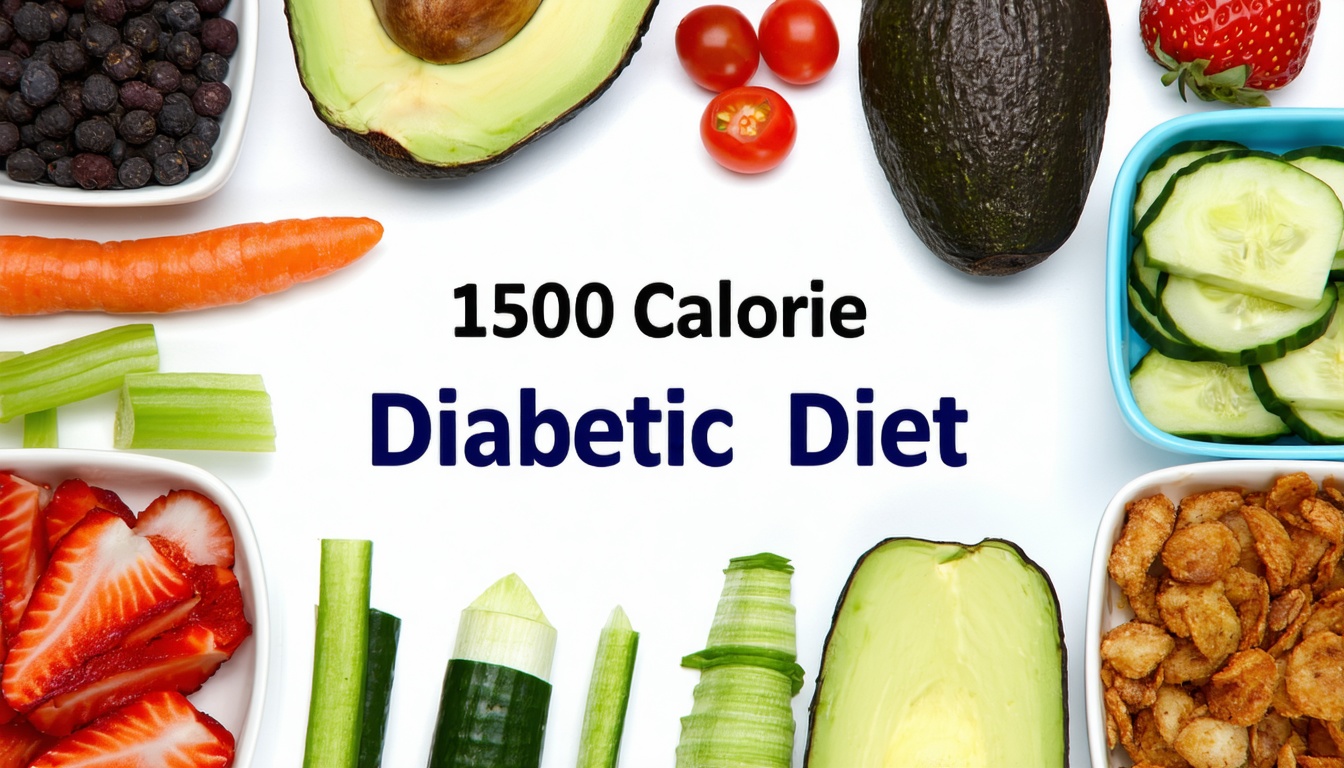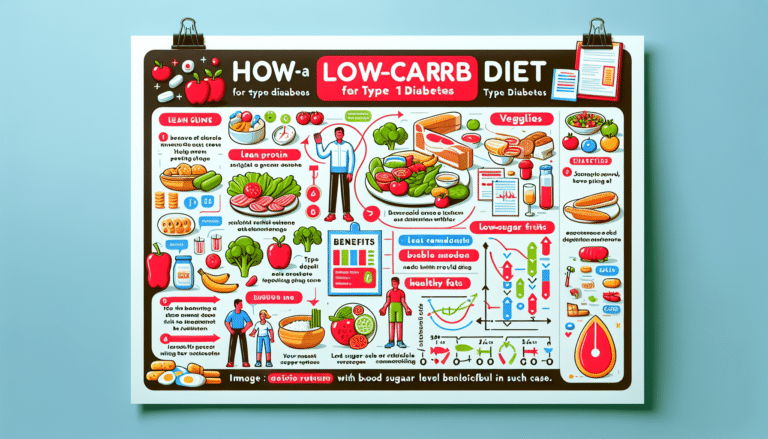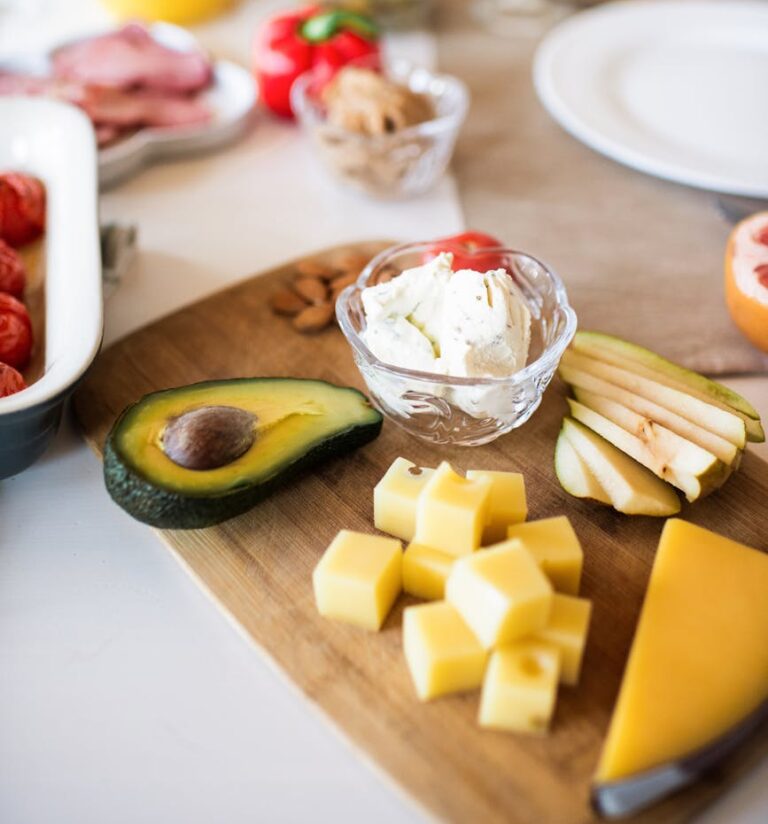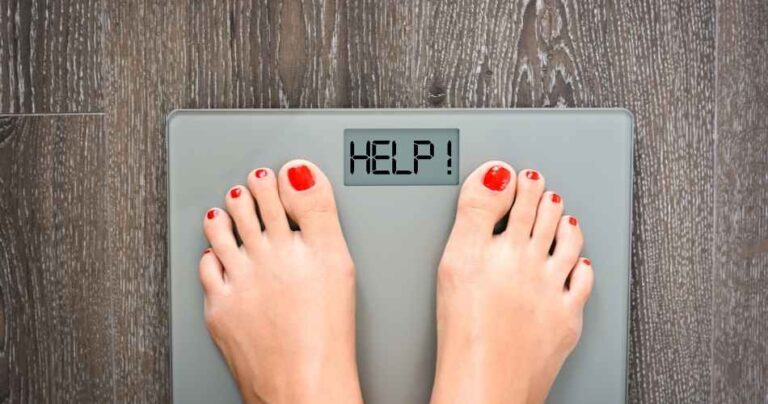Unlocking the Power of a 1500 Calorie Diabetic Diet Together
We all know how overwhelming it can feel when we’re juggling diabetes management, weight loss goals, and worries about complications like diabetic retinopathy. Some of us might wonder: can diabetic retinopathy be reversed with diet? It’s a complex question, but one thing is clear. A well-planned 1500 calorie diabetic diet can help stabilize blood sugar levels, support weight management, and boost our overall health. Let’s walk through the core steps together.
Explore Our 1500 Calorie Diabetic Diet
A 1500-calorie plan gives our bodies enough fuel to function well, while helping us avoid large spikes in blood sugar. According to research, having about 1,500 calories per day can promote steady weight loss that may ease the load on our eyes, nerves, and kidneys (Mayo Clinic). When we combine this approach with balanced portions of protein, fiber, and healthy fats, we support stable glucose levels. That’s extra important if we’re aiming to manage or potentially improve complications such as retinopathy.
Key Components
- Regular protein sources: lean poultry, fish, beans, or low-fat dairy.
- Quality carbohydrates: whole grains, legumes, and non-starchy vegetables.
- Healthy fats: avocado, nuts, seeds, and olive oil.
- Adequate fiber: at least 28 to 30 grams per day to help keep us feeling full.
We should also pay special attention to cutting back on added sugars and refined carbs. Instead, we pack our meals with nutrients that help with healthy blood sugar control, like the ones we find in whole grains or legumes.
Understand Meal Composition
One of the easiest ways to ensure we’re eating properly is by using the Diabetes Plate method, endorsed by the American Diabetes Association. Here’s how it works on a nine-inch plate:
- Fill half the plate with non-starchy veggies (like spinach, broccoli, peppers).
- Reserve a quarter of the plate for lean protein (like salmon, chicken, or tofu).
- Use the remaining quarter for quality carbohydrates (brown rice, quinoa, or whole-grain pasta).
Sample Meal Plan Table
| Meal | Example | Approx Calories |
|---|---|---|
| Breakfast | Oatmeal with berries, low-fat Greek yogurt | ~350 |
| Lunch | Grilled chicken breast, half-plate roasted vegetables | ~400 |
| Snack | Apple slices with almond butter | ~150 |
| Dinner | Salmon fillet with brown rice and steamed vegetables | ~500 |
| Evening Tea | Unsweetened herbal tea plus a small handful of almonds | ~100 |
| Daily Total | ~1,500 |
This is just an example. We can adjust portion sizes or swap out proteins to suit our personal preferences or dietary needs.
Adopt Strategic Eating Habits
Small, consistent changes add up. Sticking to regular meal times can help keep our glucose levels on track. Giving the body a two to three-hour gap between meals or snacks often prevents constant blood sugar elevation (ADA).
- Check portion sizes: using smaller plates or bowls can really help with natural portion control.
- Space out meals: this gives our glucose levels time to settle before the next meal.
- Mix nutrients: combining carbs with protein and fat in each snack can slow digestion and stabilize blood sugar.
Have a sweet tooth? Stick to fruit or smaller servings of naturally sweet treats. If we’re dealing with diabetic neuropathy as well, check out our diabetic neuropathy diet or learn about the best foods for neuropathy.
Incorporate Weight Management Strategies
Even modest weight loss can have a big impact on diabetic retinopathy and other complications. Research from Diabetes UK suggests that losing between one to two pounds a week is a realistic target. That adds up to a meaningful difference in our long-term health.
Practical Tips
- Meal prep: plan and portion meals in advance to avoid spur-of-the-moment choices.
- Keep healthy snacks handy: fiber-rich items like berries or whole-grain crackers curb cravings.
- Stay hydrated: sometimes we mistake thirst for hunger, so let’s sip water first.
If we’re wondering about special eating preferences, we can also explore a diabetic diet for picky eaters to keep our palate happy.
Connect Healthy Lifestyle Habits
Diet alone is powerful, but the real magic appears when we combine it with daily movement, stress management, and sufficient sleep (Dr. Shumard).
- Increase activity: 30 minutes of walking most days can lower our blood sugar.
- Practice portion control: smaller utensils or bowls can keep caloric intake in check.
- Aim for quality sleep: insufficient rest throws off hormone balance and can affect glucose levels.
Final Thoughts
No single meal plan can “fix” every challenge tied to diabetes or retinopathy. However, adopting a 1500 calorie diabetic diet, packed with whole foods, strategic portioning, and steady meal timing, puts us on a path to better eye health and overall well-being.
If you’re curious to learn more, be sure to talk with your healthcare provider about your unique situation. You can also visit our deep dive on can diabetic retinopathy be reversed with diet to explore whether nutritional changes might slow or even improve your condition.
We’re here to support each other in our journey toward healthier blood sugar levels. It’s all about steady progress, small swaps, and celebrating each milestone along the way. If you try any of these tips, we’d love to hear how it goes. Feel free to share your experiences or favorite meal prep ideas with our community.
Image Credit







Leave a Reply